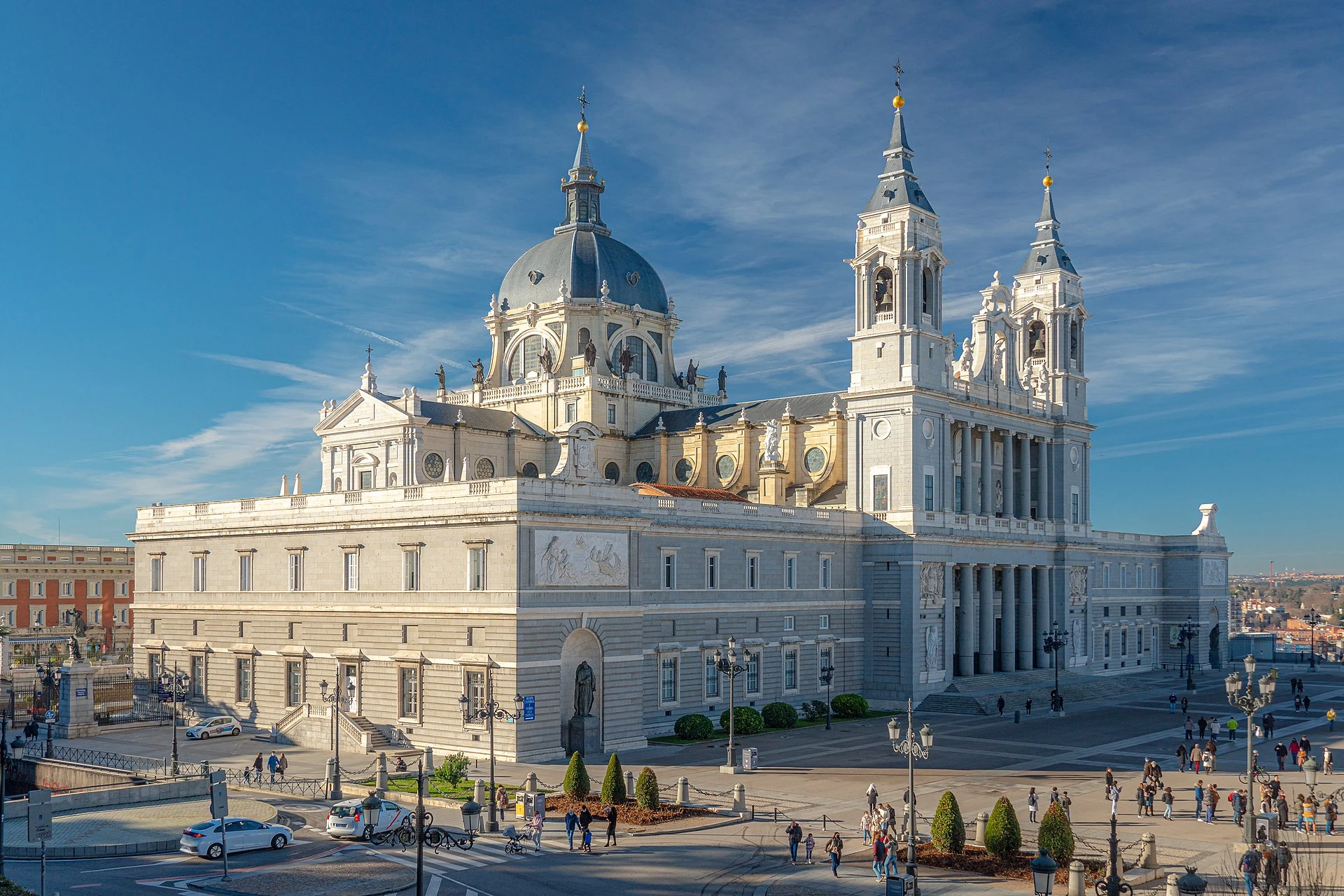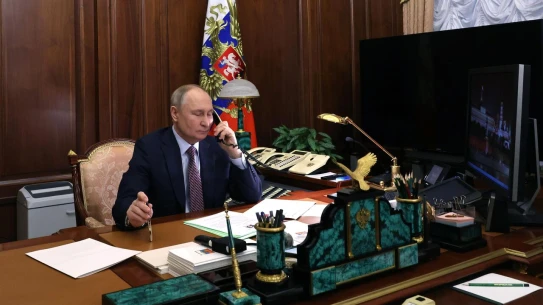On Sunday, May 19, at 11:30 in the morning, the order of consecration of the khachkar placed in front of the Almudena Cathedral in Madrid was performed by Gersh. Khajak Arch. Parsamyan and Metropolitan Archbishop of Madrid, Cardinal Jose Cobo Cano, which was also attended by Hogsh, Vicar of the Pontifical Delegate in Spain and Portugal. Thank you Abh. Sargsyan: The Ambassador of the Republic of Armenia to the Kingdom of Spain Mr. Sos Avetisyan and the entire staff of the embassy, the second deputy mayor of Madrid Mr. Borkha Fankhul, councilor of the city council, Mr. Juan Telles, vice president of PRISA, the first Spanish company in the fields of communication, education, culture and entertainment, Ms. Pilar Khil and the head of the institutional relations department, Mr. Juan Telles, the Nicaraguan ambassador to Spain, other honored guests and many Armenian believers from different parts of Spain. This cross statue, similar to Momik Noravank's embroidered khachkar, the author of which is Artak Hambardzumyan, was installed here in August of last year with a donation from the Armenian community of Madrid, as a sign of friendship and gratitude. To the people of Spain and its Catholic Church. Liturgy presided over by the Metropolitan of Madrid. In his sermon, Cardinal Jose Cobo Cano referred to the Armenian Apostolic Church, in particular Khajak Arch. Parsamyan, who participated in the Holy Liturgy to be offered in the Cathedral, along with his faithful flock, on the occasion of this spiritual feast of the Epiphany. The Most Reverend Cardinal drew parallels with the Lord's disciples being together and in one accord, and on that day, the Armenian and Spanish clergy and the faithful people raised a united prayer: "How that the apostles of the Lord were different in their human nature, but united in their faith, so we today are different in our cultures, but united in our faith. Our unity does not have to exclude our diversity. The world needs more than ever divine peace, which can become a reality through our united prayer, asking Almighty God to send his playmaker Holy Spirit and unite us all around him," said the spiritual leader of Madrid. In his speech at the end of the Mass, Bishop Khajak first referred to the khachkar as a unique and lasting symbol of the identity of the Armenian nation, an important expression of its faith, cultural heritage and sculptural art, the characteristic element of which is the cross. Recalling that from the early days of Christianity, the cross has been an eternal symbol of faith for both the Catholic and Armenian Churches, the embodiment of love, sacrifice and salvation, he said that the newly-consecrated khachkar is an excellent testimony of the unity of faith in our Lord Jesus Christ and the close relationship between the two Churches. Srbazan welcomed the warm relations between the Armenian and Catholic Churches and the spirit of cooperation, which is also present at the local levels, as for example, in Spain, where believers of the approximately 40,000-strong Armenian community, concentrated mainly in Madrid, Barcelona, Valencia, Malaga and Seville, are given the opportunity to perform mass in the hospitality of Catholic churches. On December 13, from the Joint Declaration signed by Catholicos of All Armenians Karekin I and Pope John Paul II in the Vatican: "Pope John Paul II and Catholicos Karekin I appeal to their clergy and laity to more actively and effectively advance their full cooperation in service in all arenas and to become the agents of reconciliation, peace and justice, to fight for the true recognition of human rights and to dedicate ourselves to being a warrior for all those who are suffering and in spiritual and material need throughout the world." Then, Khajak Arch. Addressing the Archbishop of Madrid, Parsamyan wished that the newly-consecrated khachkar would be a reminder for everyone about the call of the blessed leaders of the two Churches. It is noteworthy that the first significant contact between Armenians and Spain took place during the crusades. After the fall of the Kingdom of Cilicia, King Leo V was hosted by King John I of Castile in 1383. The presence of King Leon in Spain promoted the interaction between the two cultures. XV century. Due to the fall of the Byzantine Empire, many Armenians sought refuge in Western Europe, including Spain. Several Armenian merchant families settled in the city of Cadiz in the south of Spain, bordering the Strait of Gibraltar, through which the ships of Armenian merchants used to pass to reach India. The first significant Armenian communities in Spain began to be formed from Armenians who migrated from the Ottoman Empire, first in the 17th-18th centuries and later At the beginning of the 20th century, as a result of the Armenian Genocide. Currently, the approximately 40,000-strong Armenian community consists mostly of our compatriots who emigrated from Armenia since the 1990s, who settled mainly in Madrid, Barcelona, Valencia, Malaga and Seville.


